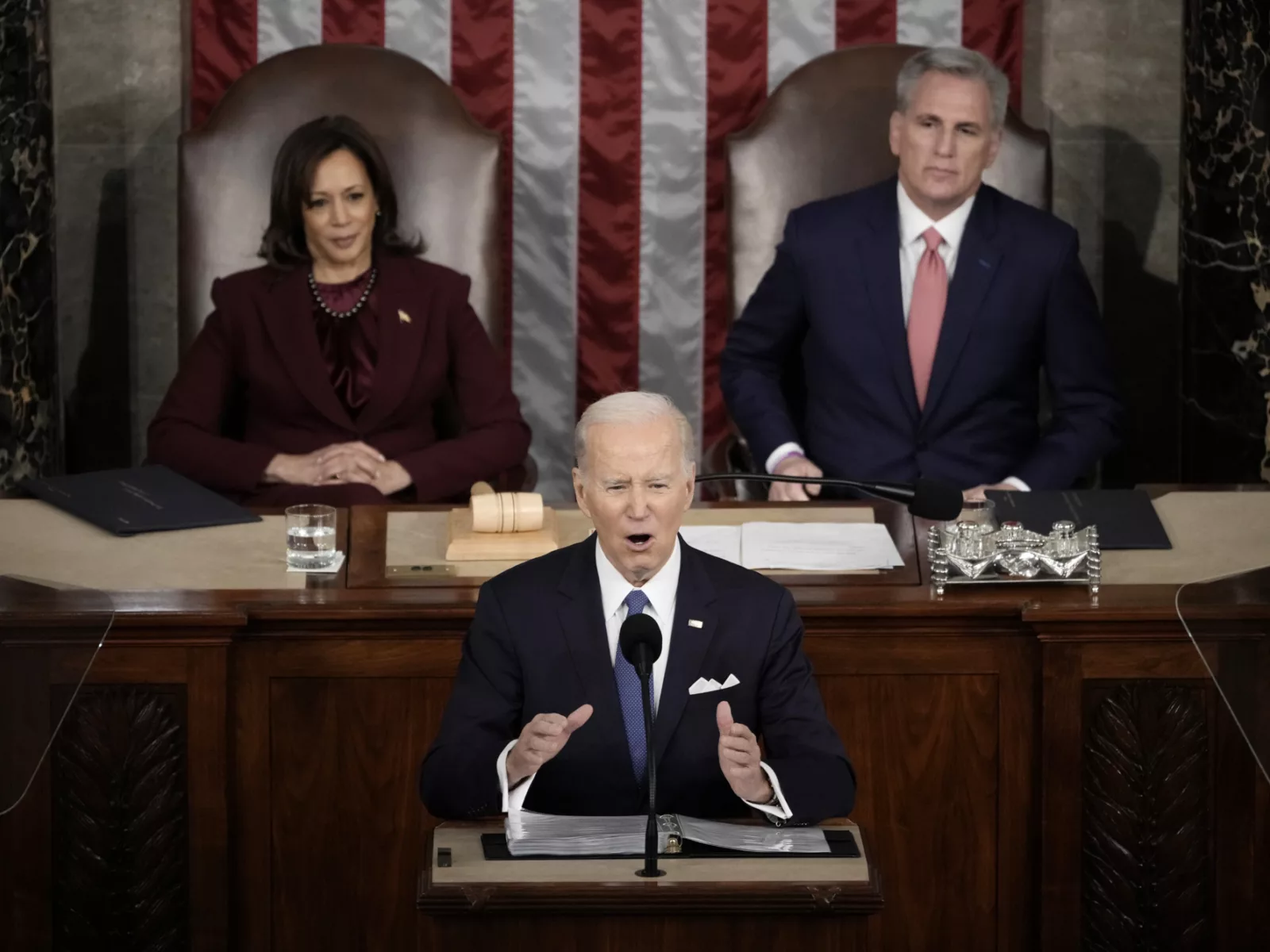The FDA increasingly finds itself stuck in a balancing act: Greenlighting a new drug that can potentially save lives weighed against the wait for more research to prove the new drug’s effectiveness.
“The FDA has been under growing pressure for years to fast-track treatments and, as a result, evidence standards have grown weaker,” said Mark E. Miller, executive vice president of health care for Arnold Ventures.
To help policymakers set a better course, AV released a new suite of policy briefs to educate lawmakers on the issues and suggest a path forward for reforms. (See sidebar)
“We hope that these issue briefs outline for policymakers evidence-based solutions that work toward a better balance between timely approval and evidence generation,” said Andrea Noda, vice president of health care for AV’s Drug Pricing team.
Where has today’s need to balance this pressure to race drugs to market with strong evidence standards come from? Decades of decision-makers created the status quo. See the timeline below for details.
1938: The FDA is Born
A Congressional decision in 1938 to ensure the safety of medicines laid the groundwork for the modern FDA. Over time, the FDA pioneered a sophisticated approach for studying new drugs, including advanced clinical trial methods that culminated in a gold standard for evaluating treatments: randomized, double-blinded, placebo-controlled trials.
For more than 80 years, this continued reliance on rigorous scientific studies and human trials placed the FDA at the global forefront of regulatory science.
1990s: Accelerating Approval Speed
In the late 1990s, drug makers and policymakers turned their focus on accelerated access to promising therapies, even in cases where evidence of safety and efficacy— the measure of how well a drug works — is not completely understood. The Food and Drug Administration Modernization Act of 1997 (FDAMA) was the first to give the FDA more flexibility to approve drugs with less certainty of safety and efficacy.
“This was a critically important response to the HIV/AIDS epidemic and continues to be an important pathway to ensure expedited access to promising therapies for patients with life-threatening conditions,” said AV’s Miller. “However there is concern when accelerated approval pathways are used where there are real questions as to whether the evidence improves patient outcomes.”
FDAMA (and 15 years later, the FDA Safety and Innovation Act, or FDASIA) enabled the accelerated approval of drugs based on limited evidence, with the promise that drug makers would come back later with evidence confirming the benefit and safety of the drug.
However, drug makers would often fail to deliver that required confirmatory evidence. Nearly half of the 253 drugs that received accelerated approval have not been confirmed as providing clinical benefit. The law may have given the FDA the power to withdraw accelerated approval drugs that fail to demonstrate adequate safety or effectiveness through confirmatory trials, but rarely does the FDA exercise this authority.
- The FDA can improve evidence standards for drugs and biologics approved under the accelerated approval program. Read AV’s Accelerated Approval Policy Brief.
2012: Antibiotic Development Shifts to Labs, Away from Patients
A notable shift arrived in 2012, when antibiotics clinical trials shifted away from people and into labs in some cases. The Generating Antibiotic Incentives Now (GAIN) Act of 2012 encouraged antibiotic development with testing in a laboratory, rather than in human trials, and offered financial and regulatory incentives to pursue this type of drug development.
In fact, research suggests that new antibiotics can qualify for taxpayer-funded GAIN incentives even when those antibiotics do not demonstrate significant improvement over existing therapies or address unmet medical needs.
- Policies that address the growing threat of antimicrobial resistance must put patients first. Read AV’s Antimicrobial Resistance Policy Brief.
2016: A New Evidence Standard Emerges
The 21st Century Cures Act introduced the use of real-world evidence (RWE) in regulatory decision-making. Recent legislation pushes further, seeking to direct the FDA to use RWE — like health records — in its initial drug approval process. However, real-world data sources (e.g., Medicare claims), used to generate RWE were not created for evaluating safety and efficacy of medical products.
A recent study found that no trial in a cohort of 50 confirmatory trials required by the FDA could be emulated using currently available RWE sources.
- Real World Evidence cannot replace clinical trials. Read AV’s Real World Evidence Policy Brief.
The Future: Evidence-Based Policy Solutions Can Advance Innovative Drugs for Patients
There are evidence-based policy solutions Congress and the FDA should consider to strengthen evidentiary standards that lead to direct clinical benefits for patients.
“Policymakers must continue to assure that the pressure to bring drugs to market does not also weaken evidence standards for safety and efficacy at FDA,” Miller said.



















